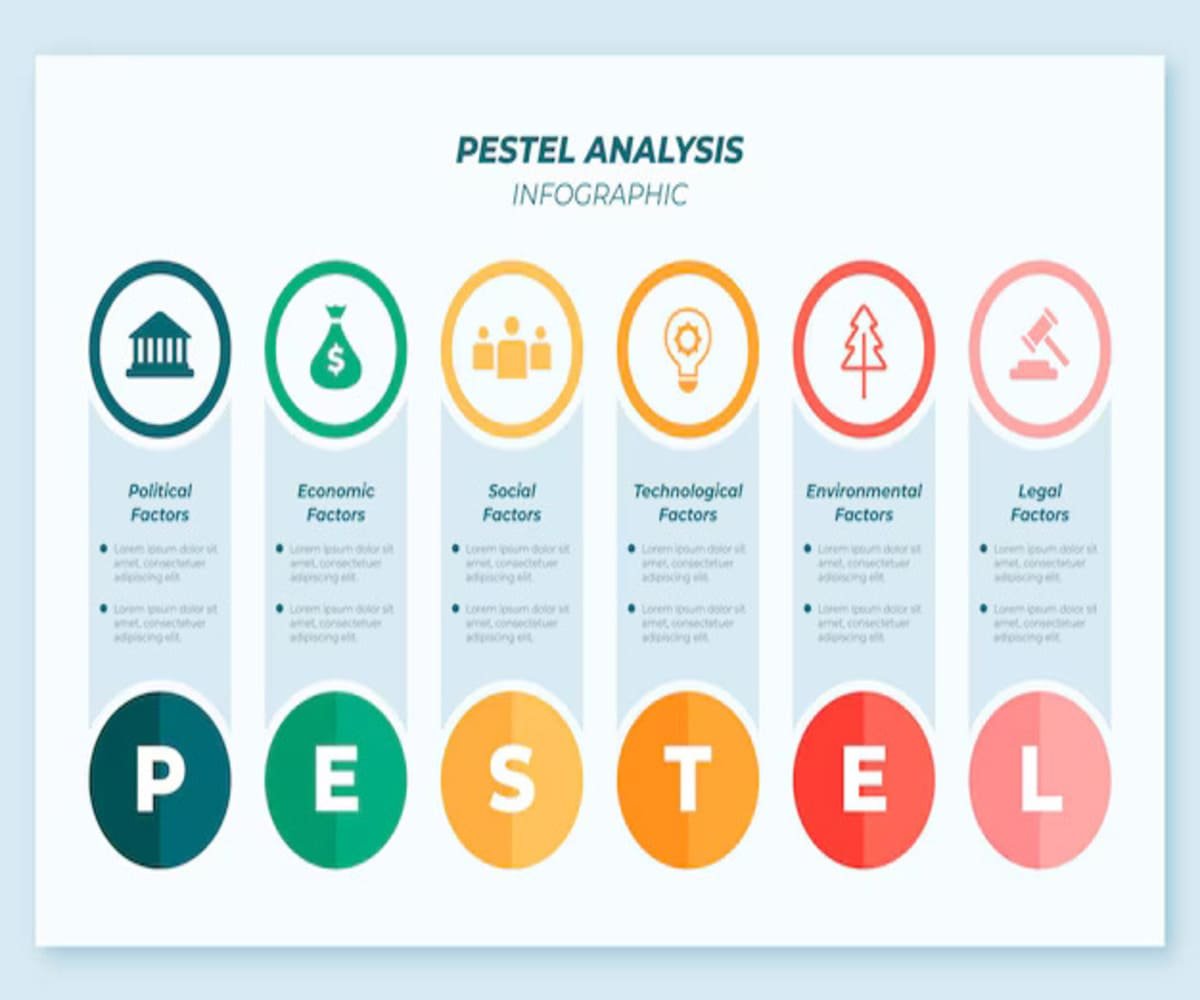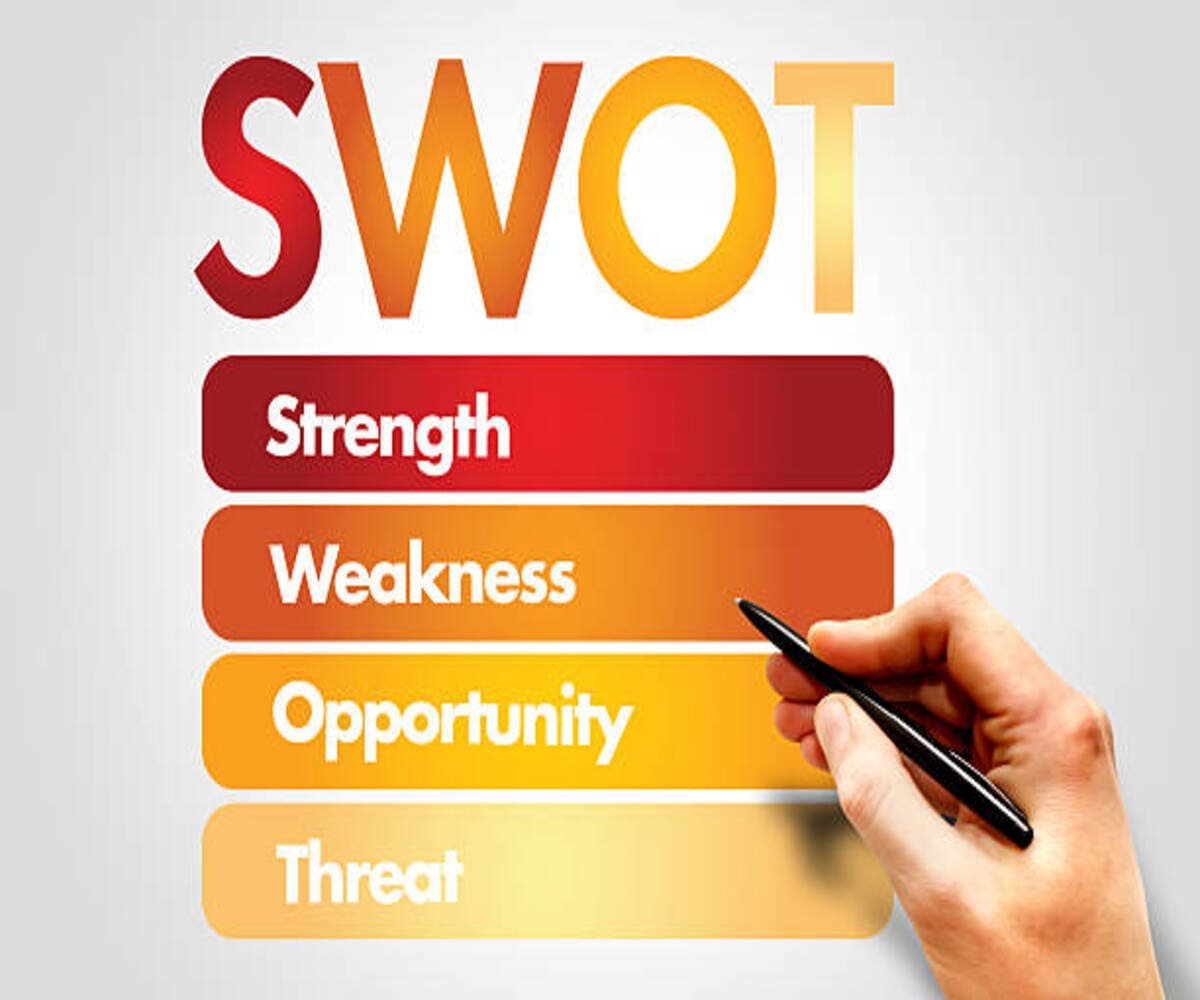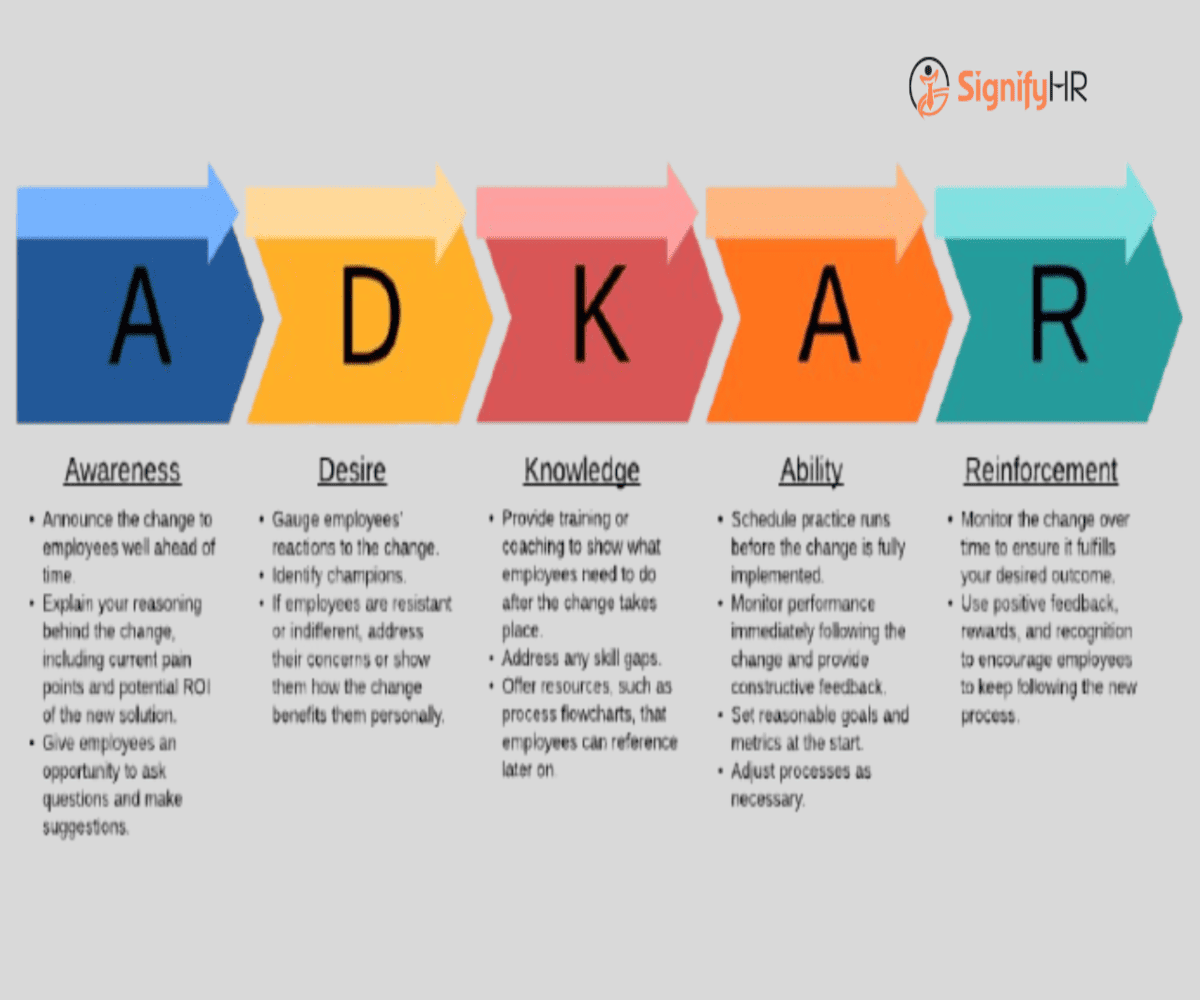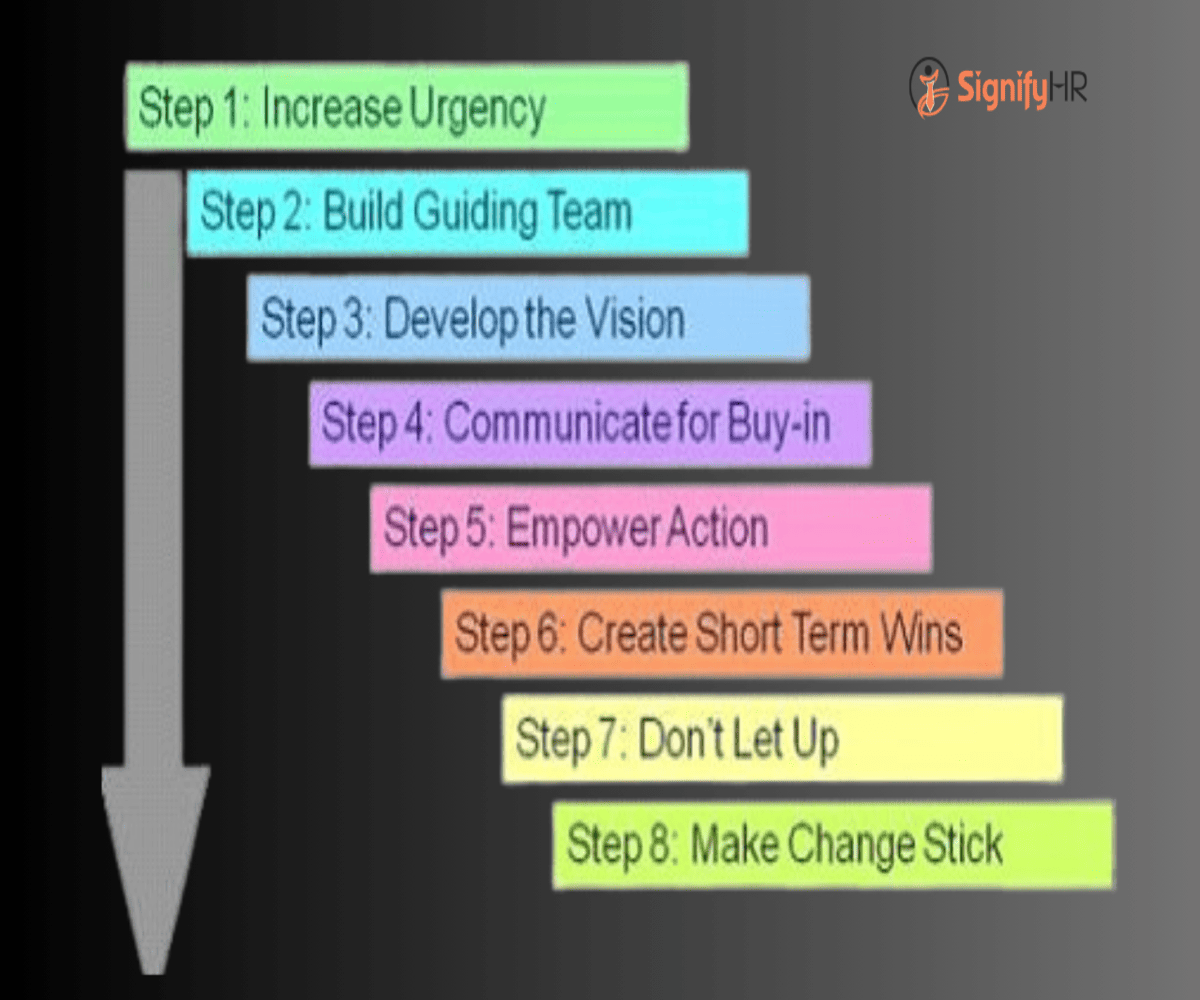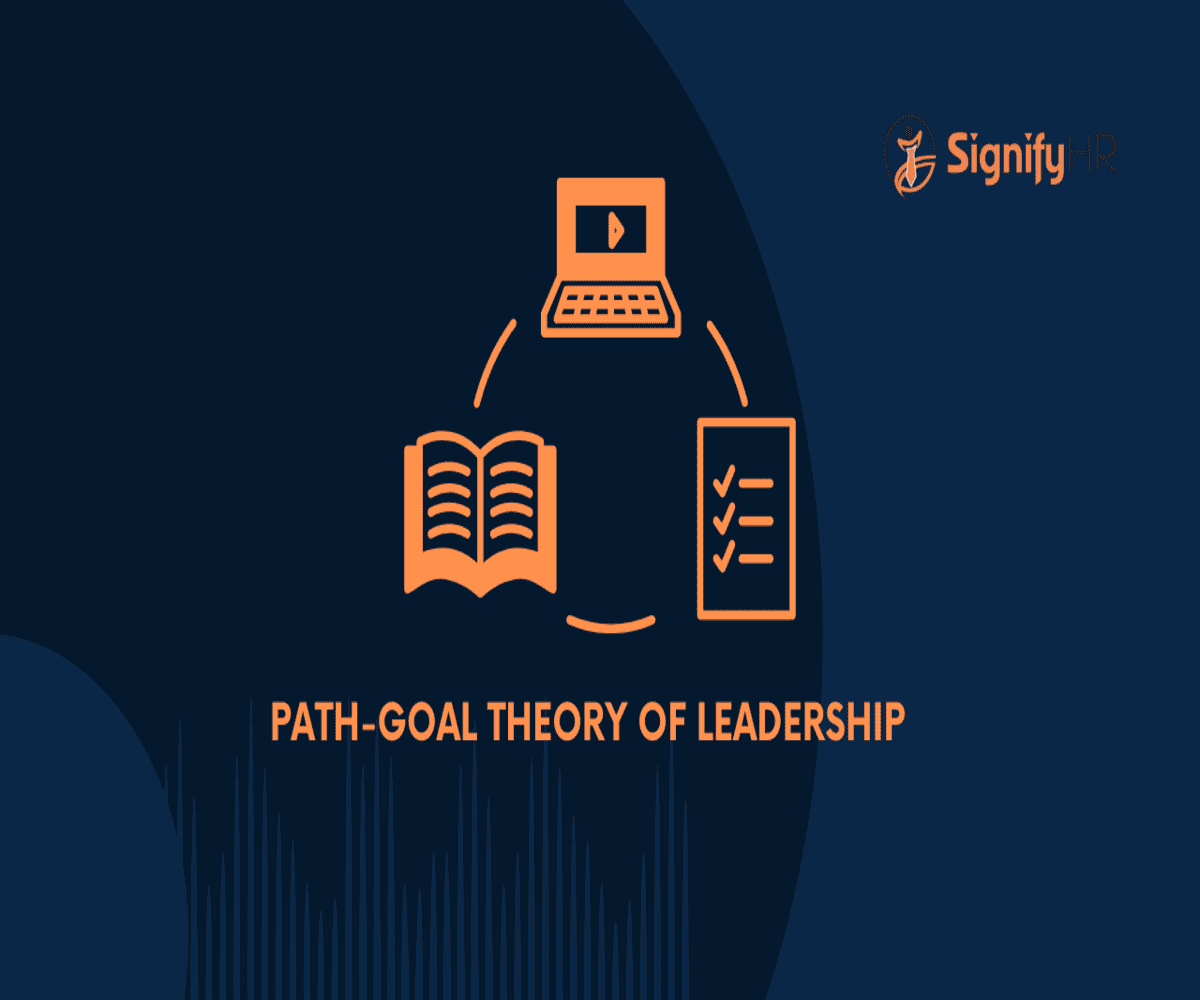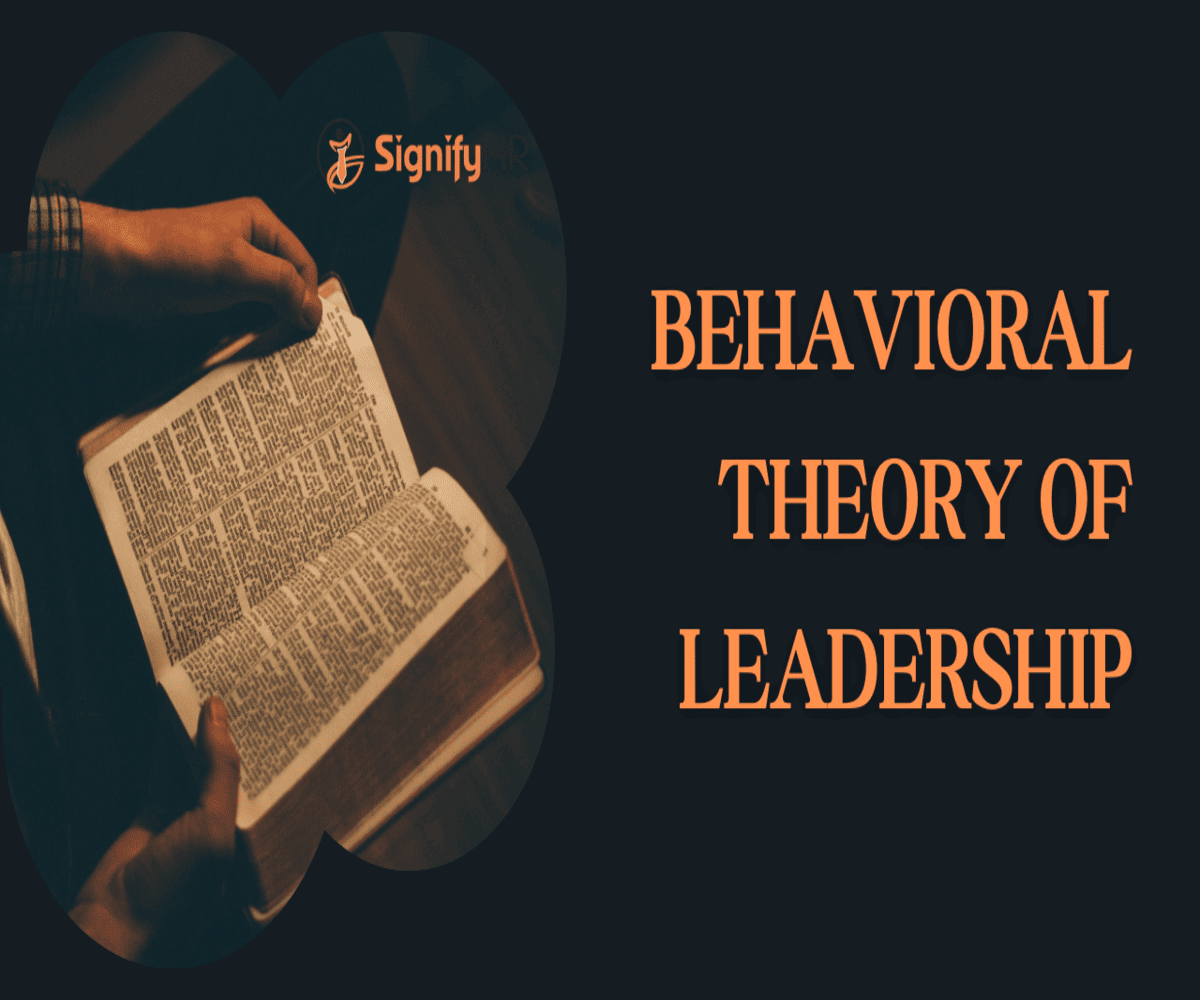Introduction to PESTEL Analysis
In the modern business environment, external factors significantly impact an organization’s success. PESTEL Analysis is a crucial strategic tool that helps businesses understand macro-environmental factors affecting their operations. This framework evaluates Political, Economic, Social, Technological, Environmental, and Legal aspects to make informed business decisions and anticipate future trends.
Understanding PESTEL Analysis
PESTEL Analysis examines six major external factors that influence an organization’s strategic planning and market positioning. By analyzing these elements, businesses can identify opportunities and threats in their industry and adapt their strategies accordingly.
Components of PESTEL Analysis
1. Political Factors
Political factors refer to government policies, regulations, and stability that impact business operations. Key elements include:
- Tax policies and trade tariffs
- Political stability and government regulations
- Labor laws and employment policies
- International trade agreements
- Corruption levels and lobbying influences
2. Economic Factors
Economic factors determine the overall financial health and purchasing power within a market. These include:
- Inflation and interest rates
- Exchange rate fluctuations
- Economic growth trends
- Consumer spending behavior
- Market demand and supply dynamics
3. Social Factors
Social factors encompass societal trends, demographics, and cultural influences that shape consumer behavior. Key considerations include:
- Population demographics (age, gender, income levels)
- Cultural attitudes and lifestyle trends
- Consumer behavior and buying patterns
- Education and employment rates
- Social media and influencer marketing impact
4. Technological Factors
Technological advancements drive innovation and competitiveness within industries. Important aspects to analyze include:
- Emerging technologies (AI, automation, blockchain)
- Digital transformation and innovation
- R&D investments and technological infrastructure
- Cybersecurity and data protection
- Mobile and internet penetration
5. Environmental Factors
Environmental factors focus on ecological and sustainability concerns affecting businesses. Key elements include:
- Climate change impact and sustainability initiatives
- Renewable energy adoption
- Environmental regulations and policies
- Waste management and recycling programs
- Corporate social responsibility (CSR) efforts
6. Legal Factors
Legal factors involve regulations and laws that govern business operations and industry compliance. These include:
- Consumer protection laws
- Employment and labor regulations
- Intellectual property rights
- Health and safety standards
- Competition laws and antitrust regulations
Importance of PESTEL Analysis in Management
PESTEL Analysis is widely used in management courses and business strategies for the following reasons:
- Enhances Risk Assessment: Identifies external risks that may impact business operations.
- Informs Strategic Planning: Helps businesses align their strategies with external market conditions.
- Encourages Proactive Decision-Making: Enables organizations to anticipate and prepare for potential challenges.
- Improves Competitive Advantage: Assists in identifying opportunities to gain an edge over competitors.
Steps to Conduct a PESTEL Analysis
- Define the Scope: Determine the objective and focus of the analysis (industry, company, or market).
- Gather Data: Research relevant external factors through reports, market studies, and expert insights.
- Analyze Each Factor: Evaluate how political, economic, social, technological, environmental, and legal aspects affect the business.
- Identify Opportunities & Threats: Categorize insights to develop strategic responses.
- Implement Findings: Apply the analysis to decision-making and strategic planning.
- Monitor & Update: Regularly review PESTEL analysis to adapt to changing external conditions.
Real-World Examples of PESTEL Analysis
Example 1: Tesla, Inc.
- Political: Government incentives for electric vehicles, environmental regulations
- Economic: Rising raw material costs, fluctuating market demand
- Social: Growing demand for sustainable transport, changing consumer preferences
- Technological: Advancements in battery technology, AI-driven automation
- Environmental: Carbon footprint reduction initiatives, renewable energy adoption
- Legal: Patent laws and intellectual property protection, safety regulations
Example 2: Fast Food Industry
- Political: Food safety regulations, government policies on nutrition
- Economic: Rising food costs, consumer purchasing power
- Social: Increasing demand for healthier fast food options
- Technological: Use of AI in supply chain management, online ordering trends
- Environmental: Sustainable packaging initiatives, waste management practices
- Legal: Compliance with hygiene laws, employee labor rights
Conclusion
PESTEL Analysis is a fundamental tool for businesses and management professionals to understand external factors shaping their industry. By evaluating Political, Economic, Social, Technological, Environmental, and Legal influences, companies can develop resilient strategies, mitigate risks, and seize new opportunities. For management students, mastering PESTEL Analysis is essential for making data-driven decisions and becoming effective business leaders in a dynamic market environment.

